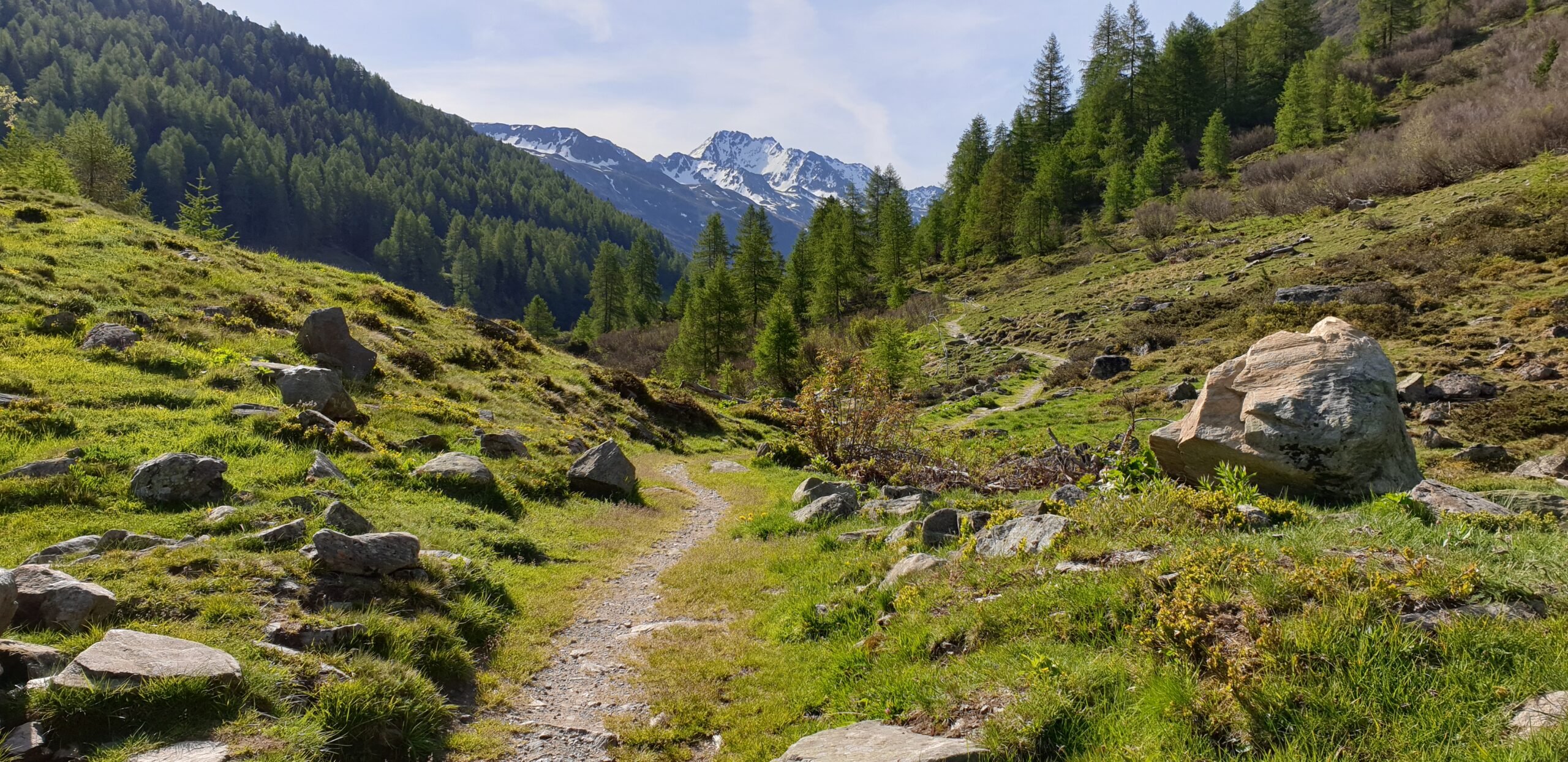I have recently listened to a webinar where the main topic was the utilization of the low seasons in any travel destination. It is undeniably an important aspect to consider when evaluating the possibilities and re-designing travel trends. Overtourism is unfortunately well known by many, especially by those destinations who suffer from it. Some locations are particularly built on one or two peak seasons a year, when masses of visitors march through streets, queue for sites, push around at restaurants and souvenir shops, elbow each other at photo spots and generally block the normal flow of life. And all these on a higher price for services.
While we all know the economic and social importance of travel and discovery of new places, the experience has been rapidly deteriorating at many locations around the globe. So much so, that it is actually questionable whether it is really worth spending the time and money to go to those places during their „official” visitor season. During these times the positive guest experience and the satisfaction and willingness of the local vendors might be questionable. Additionally the pressure on cultural and natural sights are causing extreme negative effects and sometimes irreversible damage.
Of course there are cases when travellers only have limited other options than travel to a place during its busiest time, primarily e.g. due to school holidays, national festivities, religious consideration etc. and mostly due to the traditional marketing of a destination. However, there is a smart alternative for others by using the off-seasons. Travelling should not be a hussle and a draining experience, when you feel that you need vacation after your vacation.
Each season has its beauty in every country and even if some natural phenomena changes, the sites, museums, parks remain there regardless the time of the year. The weather conditions of course differ, but you can always be well prepared for that and enjoy the scent of a forest trail in the rain or you can immerse in an exciting exhibition followed by a delicious meal while watching real life passing by regardless the temperature outside. Without crowds included.
While exploring without the overwhelming volume of people, you have much better ways to soak up the moment, to feel the space around you, to have a chat with the waiter who serves your espresso without rushing through the orders, to patiently and quietly enjoy wildlife viewing…
Travelling outside the main visitor times have many adventages besides avoiding crowds for a quality experience. It is a very important step towards a manageable and sustainable tourism, by spreading visitor counts throughout the year. It helps in nature conservation, protecting cultural heritages, maintaining jobs and income on a continuous basis while providing unique experiences.
In the aftermath of a pandemic, it is crucial to mention that strictly defined tourist seasons with limited time frame, are at high risk for the economy and livelihoods of many. When mandatory government measures restrict activities during the so-called high season of a travel destination, the impact can be disastrous. Millions of jobs are lost, families are pushed to the edges, activities come to a complete halt, no cashflow at all. With extending the travel season for the full year cycle, such scenarios can be better handled by knowing that there will be a chance to recover some part of the loss and the destination can stronger build on another time in the calendar. By using a full-year income and service strategy, risk factors can be managed more successfully.
However, to make firm steps ahead, a complex, global and nationwide co-operation is needed. Destination marketing has to change with promoting shoulder season activities and services, highlighting the beauty these seasons have to offer, and the exclusive experiences visitors can live through while travelling there outside the traditionally popular times of the year. This obviously cannot be achieved without a hand-in-hand collaboration with the service providers. Making tours, transportation, restaurants, shops and programs available all year round, even if low season would still mean somewhat limited access to services, needs thorough and carefull preparation and means a collective effort. Understanding that there is a transitioning time while a region builds up the reputation for year-round and low season travel is highly important. Accepting that the low season is a supporting season for the year for income and sustainable solutions, is even more crucial.
It is the travel professionals, all tourism stakeholders and travellers’ responsibility as well to create a future where tourism is not a burden, but an unique possibility for all who is participating. This is a great opportunity for mindful travellers to fully enjoy their carefully chosen spot, support nature and cultural heritage conservation and for local communities to strengthen their financial solutions.
Beáta

